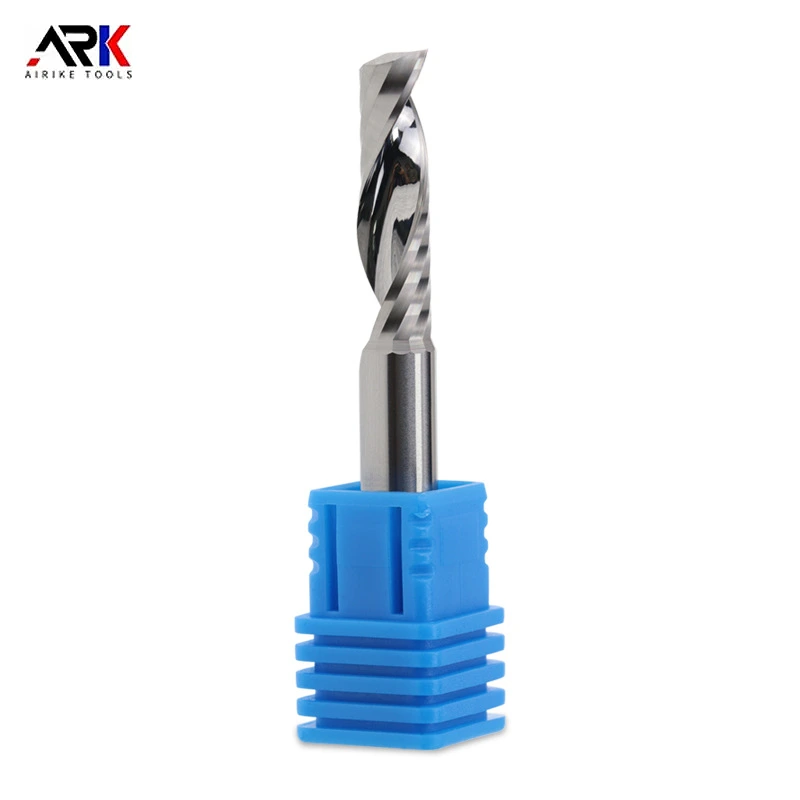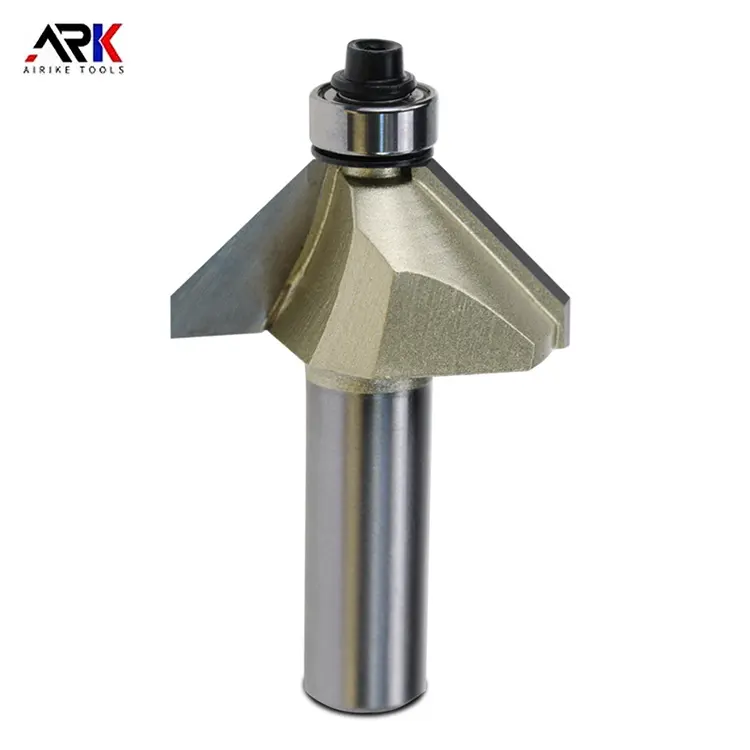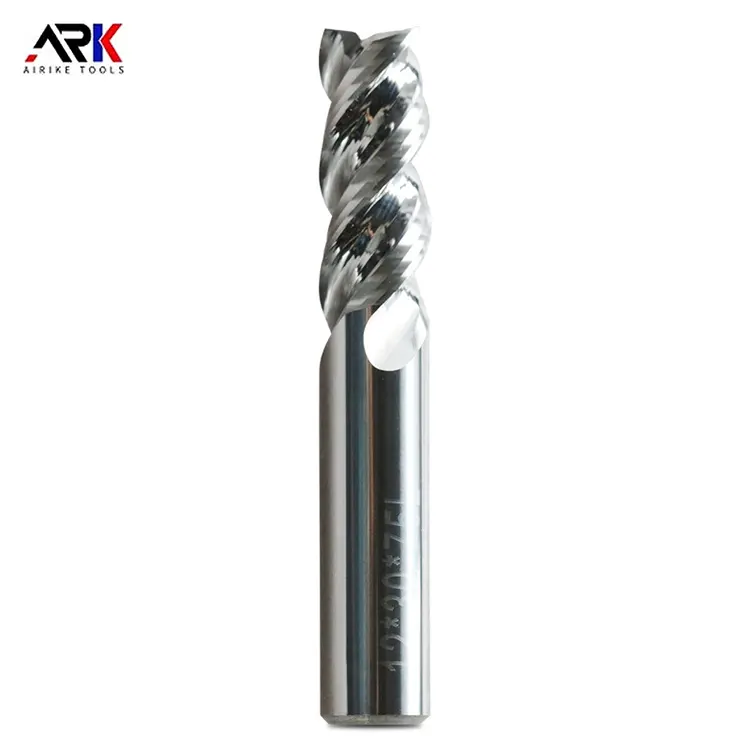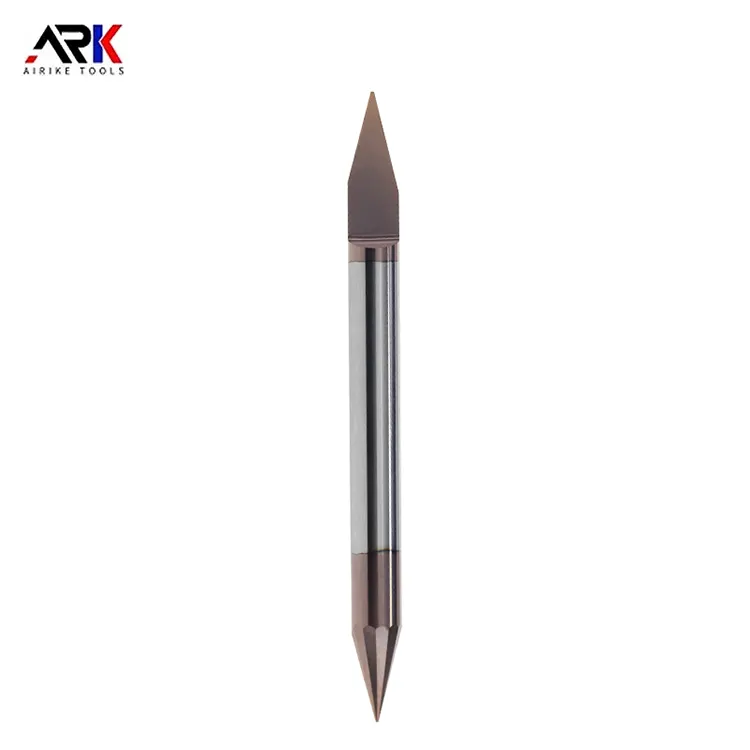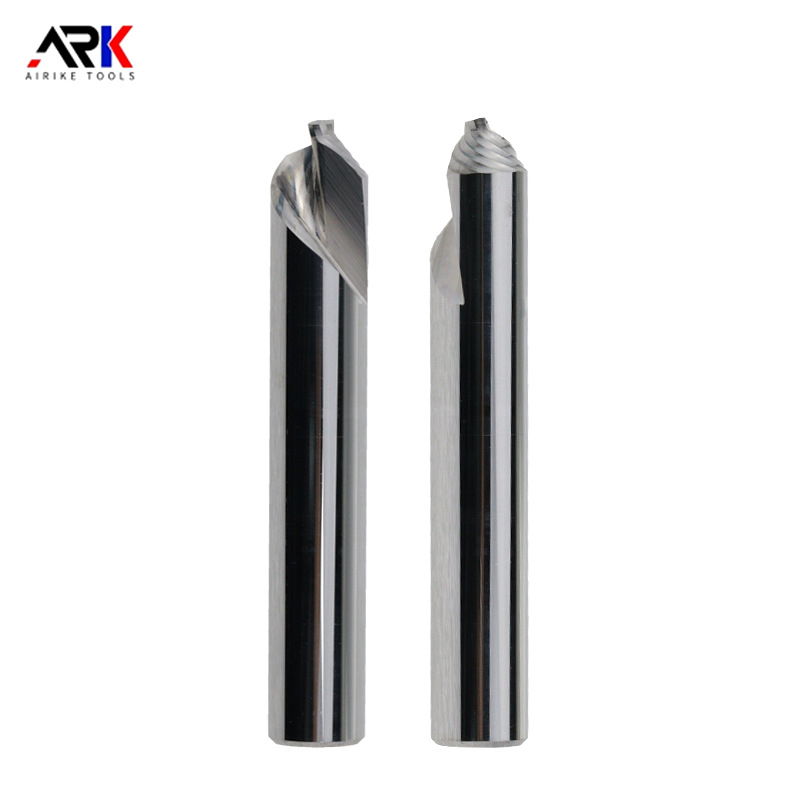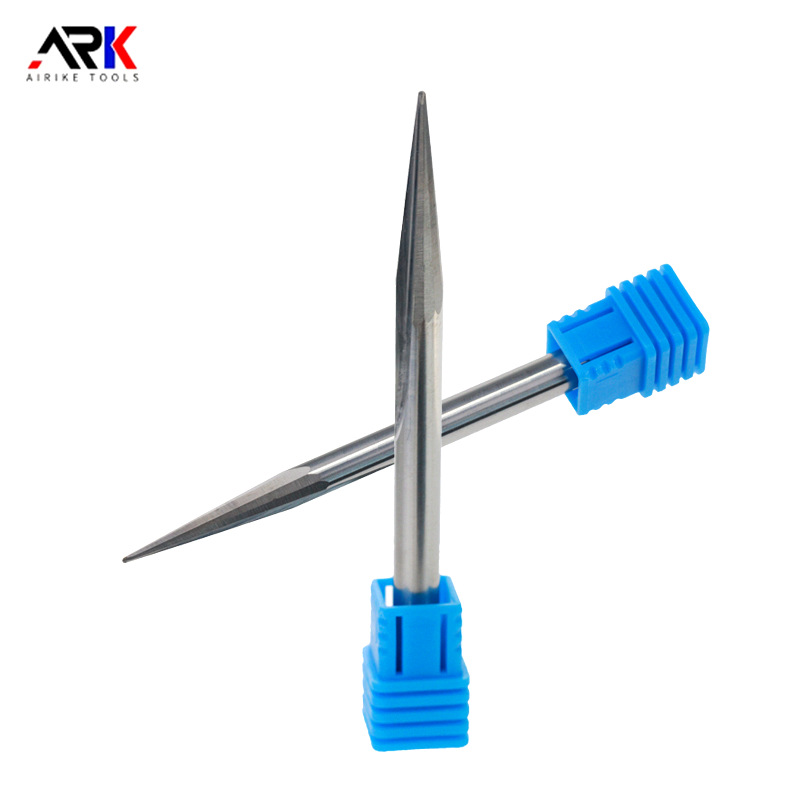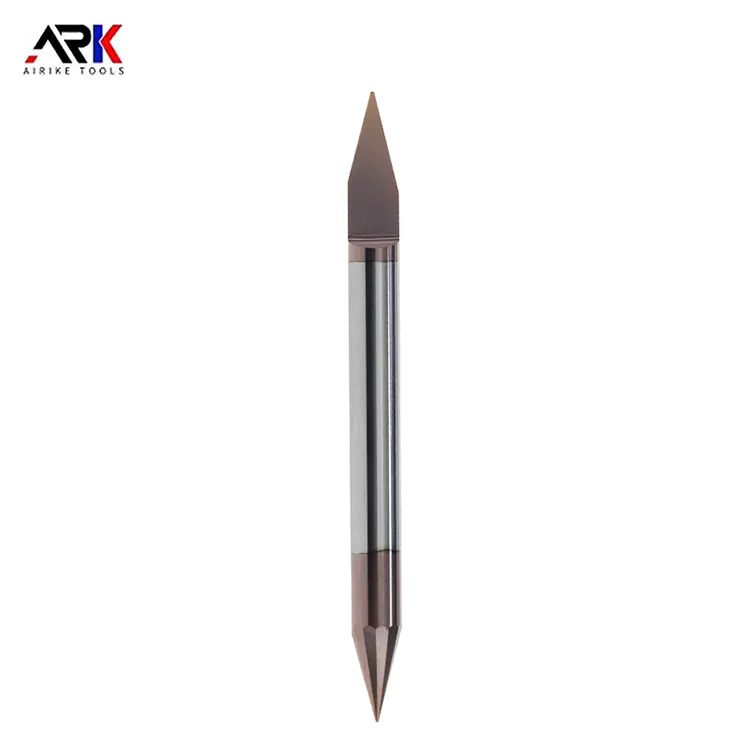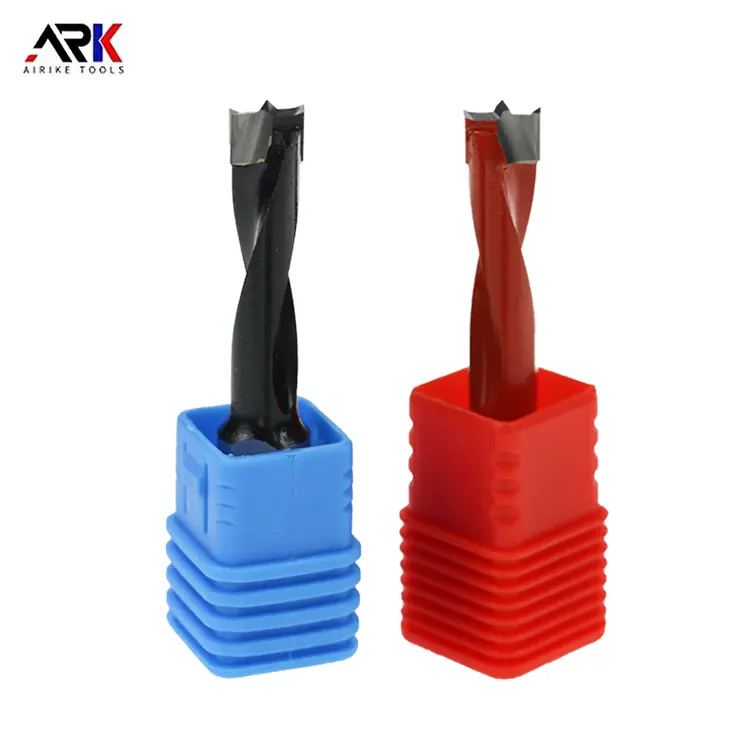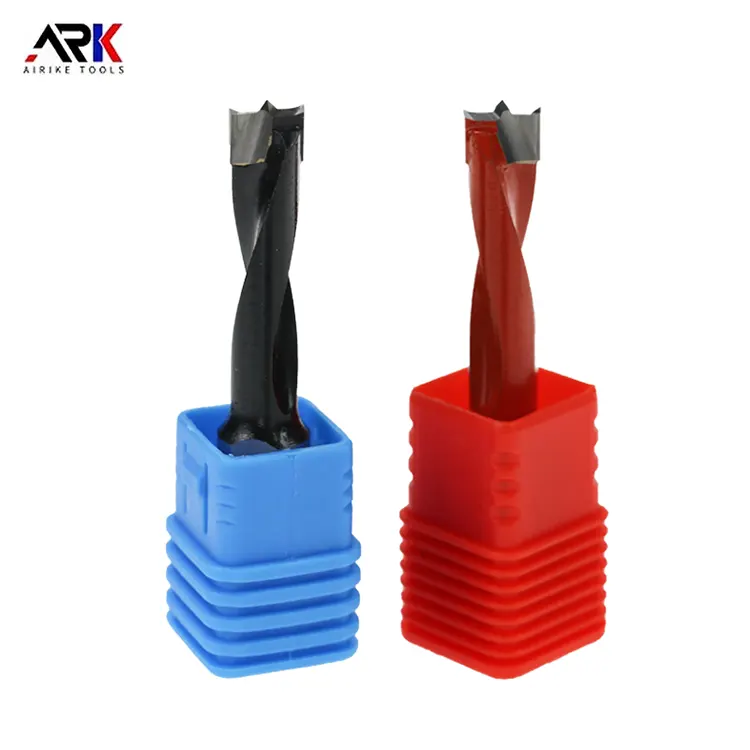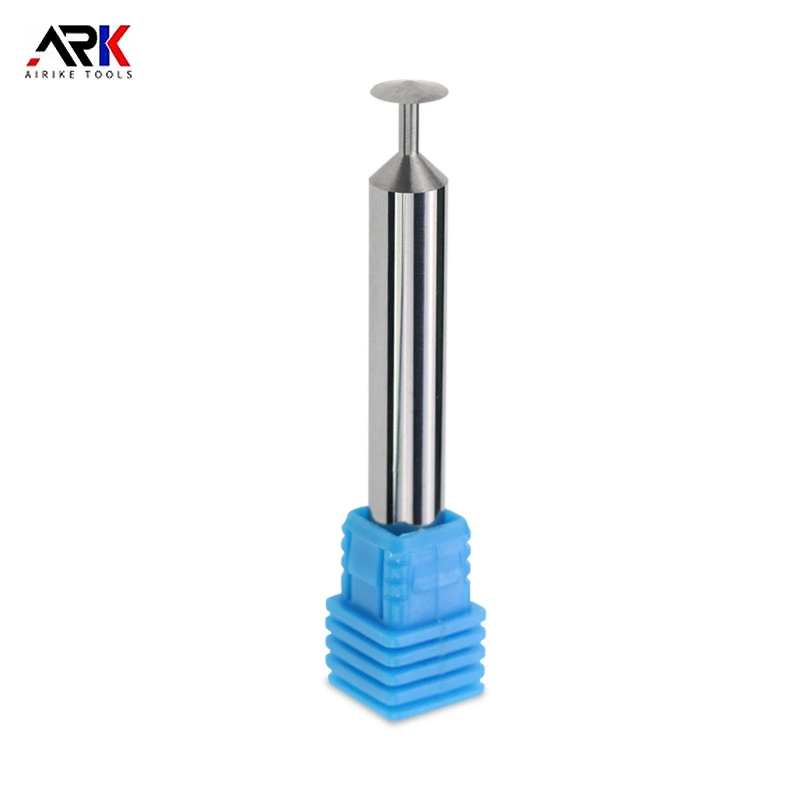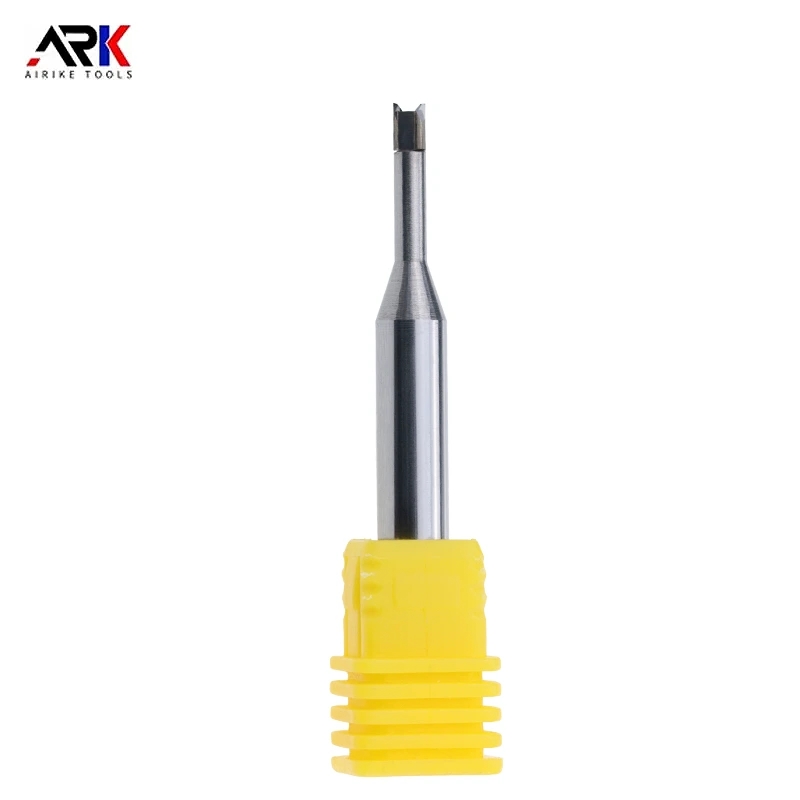Email Us
What are the differences between insulating material milling cutters and ordinary ones?
When it comes to insulating material milling cutters, many people may know very little about them. Insulating material cutters are mainly used for accurate and efficient cutting and processing of various types of insulating materials. So, how are they different from ordinary cutters? Next, Zhongye Da will give you a detailed explanation of this issue.
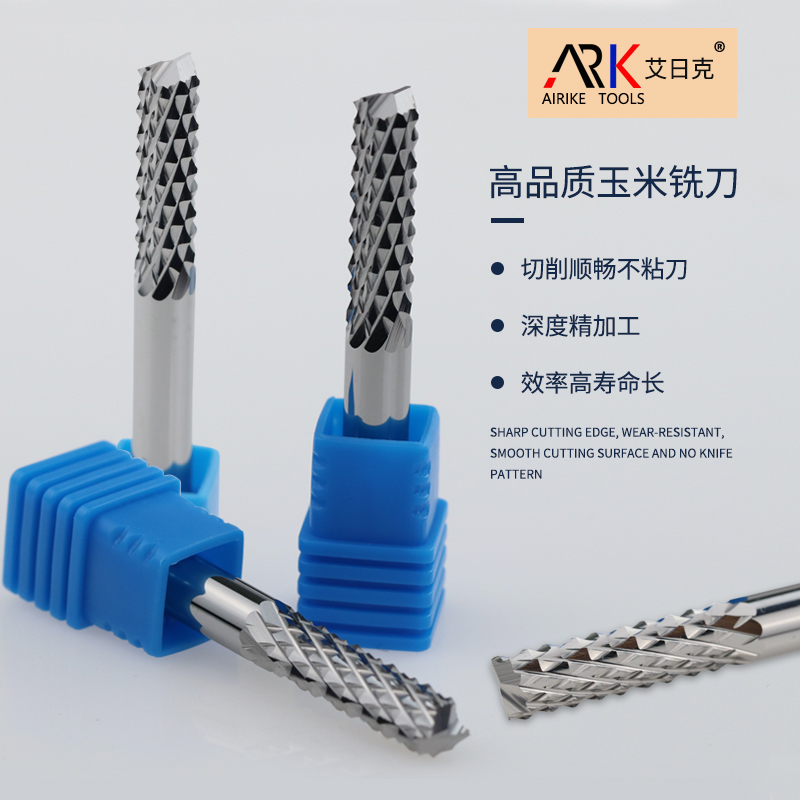
1. Material selection
Insulation material milling cutters are usually made of high-hardness, high-wear-resistant materials, such as hard alloy or tungsten steel. These materials can resist friction and wear generated during the processing process and extend the service life of the cutting tool. Additionally, the material selection for insulating material cutters must also consider their insulating properties to ensure that safety issues such as short circuits or electric shocks do not occur during the processing of insulating materials. Ordinary material cutters, on the other hand, may be made from a wider variety of materials, including high-speed steel or tungsten carbide, with material selection primarily based on the hardness and cutting performance requirements of the processed material.
2. Cutting edge design
The cutting edge design of insulating material milling cutters is optimized for the processing characteristics of insulating materials. For example, corn knives are a common type of insulating material knife with a dense spiral pattern on the surface and shallow grooves, which are suitable for processing composite materials such as carbon fiber and glass fiber. This design helps to ensure smooth cutting and chip removal and reduces the impact of cutting force on the workpiece. The cutting edge design of ordinary cutters is more diverse, with variations in shape, angle, and distribution depending on the material being processed. These designs aim to improve cutting efficiency and reduce issues such as cutting force and thermal deformation.
3. Structural Types
Insulation material cutting tools have diverse structural types, including flat-mounted and vertical-mounted structures. The choice of structural form depends on specific processing requirements and workpiece shapes. For example, vertical structures are more suitable for machining large allowances or blanks because they can withstand greater cutting impact. Ordinary knives also have a variety of structural types, such as cylindrical knives, vertical knives, and three-sided knives. Each type of milling cutter has its specific application and use to meet the needs of different materials and processing strategies.
4. Application Areas
Insulation material cutters are primarily used for machining insulation materials such as bakelite, epoxy boards, synthetic stone, carbon fiber, and glass fiber composites, which have widespread applications in electrical, electronic, and aerospace industries. Ordinary cutters, on the other hand, are suitable for machining a broader range of materials, including metals, plastics, and wood, and are widely used in manufacturing, construction, agriculture, and other industries.
The above are the differences between insulating material milling cutters and ordinary milling cutters. These differences give the two types of cutters their own unique advantages and applicability when processing different materials. If you want to learn more, follow us to unlock more knowledge about the cutting tool industry.
- Is a spiral or straight flute woodworking milling cutter better for edge trimming?
- Can diamond-tipped Engraving Machine Milling Cutters handle ultra-fine detail engraving?
- How to Improve the Processing Efficiency of Woodworking Milling Cutters?
- What is the welding process for Welded Milling Cutters?
- Did you use the milling cutter straight out of the box? How come it chipped in just half an hour?
- Acrylic Milling Cutter Not Spinning? Quick Troubleshooting Guide
Contact Us
Paibang Industrial Zone, Henggang Town, Longgang District, Shenzhen
Copyright © 2025 Shenzhen Zhongyeda Precision Technology Co., Ltd. All Rights Reserved.


